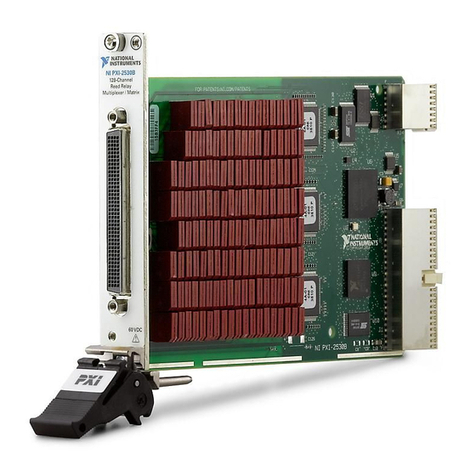
—5 —
You should pay attention to the following important points:
yUse separate paths to route wiring for power and devices. If power wiring
and device wiring paths must cross, make sure the wires are perpendicular
at the intersection point.
yNOTE: Do not run signal or communications wiring, and power wiring
through the same wire conduit. To avoid interference, wires with different
signal characteristics should be routed separately.
yUse the type of signal transmitted through a wire to determine which wires
should be kept separate. The rule of thumb is that wiring that shares similar
electrical characteristics can be bundled together.
yKeep input wiring and output wiring separate.
yIt is strongly advised that you label wiring to all devices in the system,
when necessary.
Grounding the Switch
Grounding and wire routing help limit the effects of noise due to
electromagnetic interference (EMI). Run the ground connection from the
ground screw to the grounding surface prior to connecting devices.
ATTENTION
This product is intended to be mounted to a well-grounded
mounting surface, such as a metal panel.
Wiring the Relay Contact
The NI MES-3980 has two sets of relay output—relay 1 and relay 2. Each
relay contact consists of two contacts of the terminal block on the NI
MES-3980’s top panel. Refer to the next section for detailed instructions on
how to connect the wires to the terminal block connector, and how to attach the
terminal block connector to the terminal block receptor. The meaning of the
two contacts used to connect the relay contacts is illustrated below.
Relay1 Relay2
Relay1 Relay2
The fault circuit will open if:
1. A relay warning event is
triggered, OR
2. The NI MES-3980 is the
Master of this Turbo Ring,
and the Turbo Ring is broken,
OR
3. Start-up failure.
If none of these three conditions
is met, the fault circuit will
remain closed.
Wiring the Redundant Power Inputs
The NI MES-3980 unit has two sets of power inputs—power input 1 and
power input 2. The top two contacts and the bottom two contacts of the 6-pin
terminal block connector on the top panel are used for the NI MES-3980’s two
digital inputs. Top and front views of one of the terminal block connectors are
shown below.





























